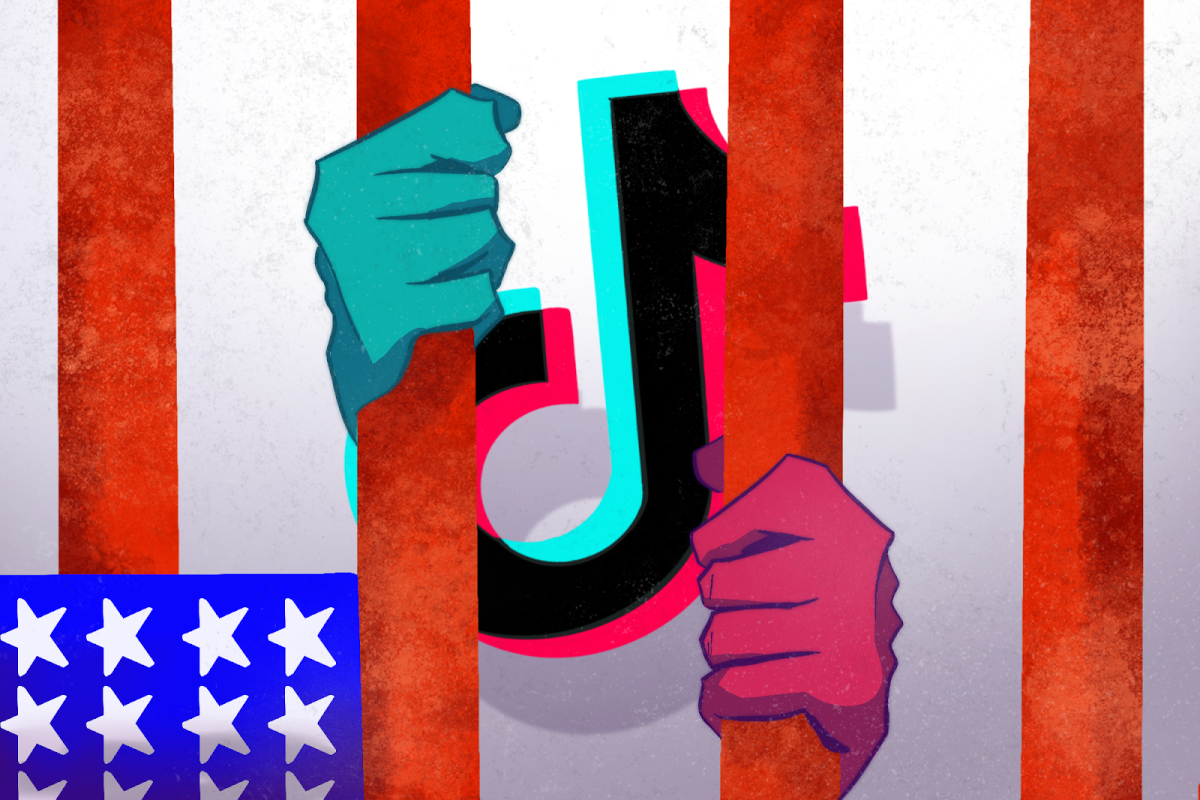Since 2020, during President Donald Trump’s time in office, the United States government has debated whether or not to ban TikTok. The faith and integrity of the social media platform hadn’t been put on the chopping block until recently.
TikTok has recently been the center of discussion due to the bipartisan effort from the United States government to implement a ban on the social media app, fearing that the China-based company ByteDance is attempting to influence the election.
The government has given ByteDance an ultimatum – sell the company within a year or face a permanent ban in the United States.
Even if the new parent company is not considered a threat to our national security, TikTok should be permanently banned in the United States regardless. TikTok has exhibited a detrimental effect on the mental health of its users.
Unfortunately, TikTok’s algorithm which is used for everyone is extremely effective because of its addictive nature.
Scrolling for hours is part of many people’s daily routines and often takes up time that could be used for more productive activities. The algorithm itself is specifically designed to keep users engaged for as long as possible. It purposely pushes the topic that users are engaging with the most to the top of their feed for them to see once they reopen the app.
With the overbearing control the algorithm has over what content is shown, it can directly affect users’ mental health when caught in a spiral, given the ammunition by recent topics searched and what users engage with the most.
“The researchers found that when users get into these harmful spirals of negative content, it can be incredibly difficult to escape from the direction the algorithm has taken them,” wrote the University of Minnesota.
Psychology Today talked about TikTok and social media in depth and explained that feeling like you are unproductive can further aggravate depression, which encourages negative spirals through that behavior. TikTok is a huge time waster that can take up hours of your day with highly engaging, addictive content that can affect your mood.
The algorithm that detects trends can push videos that may be triggering the user over and over. This would cause people to struggle with overthinking and the potential of a panic attack.
Finally, TikTok’s embarrassing track record regarding its content filter has proven to be more detrimental than beneficial. In its early stages of existence, it was common to find nudity and gore within the algorithm. Although TikTok has mostly dealt with the clearly NSFW content being shown, there is still content that may negatively affect users.
Most of the toxic content is directed at the highly influential minds of children and young adults, pushing things such as steroid use, bad lifestyle choices or encouraging young people to do potentially harmful activities.
Accounts that engaged in more toxic and negative content continued to see videos similar to the ones they witnessed for hours to come.
ABC News stated when discussing how TikTok utilizes engagement technology to push similar videos, “…once the social media app’s algorithm kicked in, content about suicide surfaced on the “standard” accounts’ feed as early as 2.6 minutes in, and content about eating disorders popped up within 8 minutes.”
TikTok’s toxic algorithm and lackluster content detection software lead to an environment that can harm our younger generation and damage the mental wellness and productivity of users around the world.



